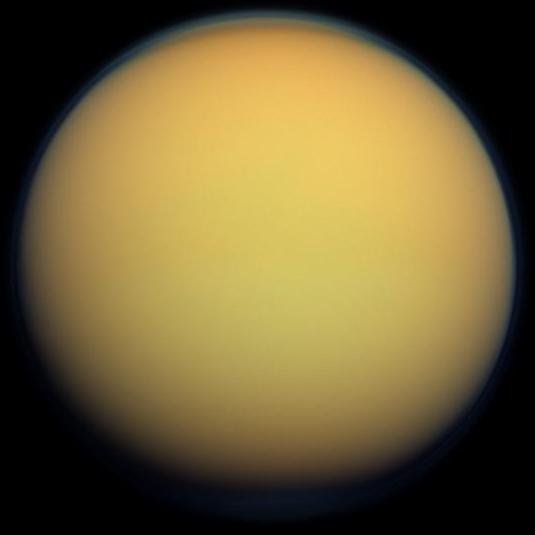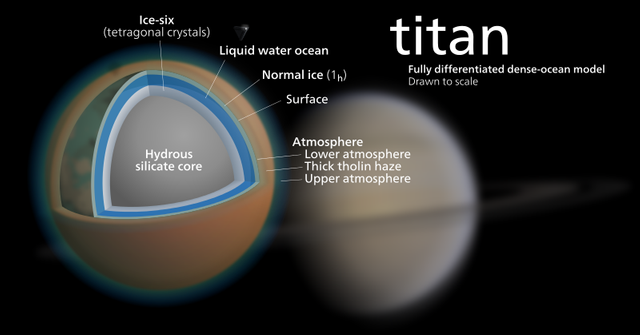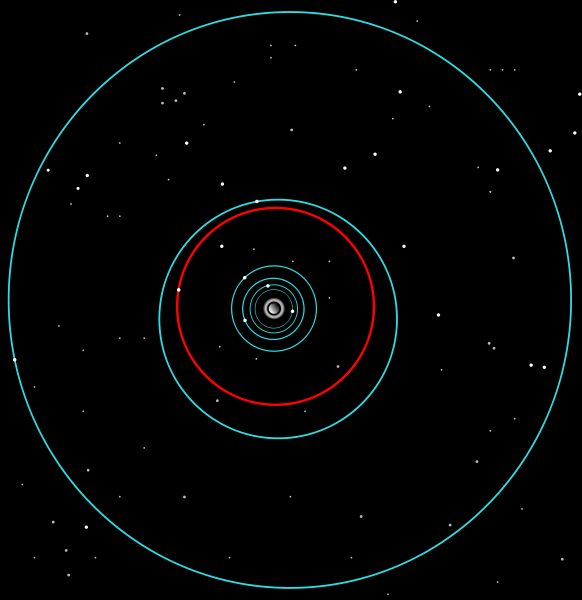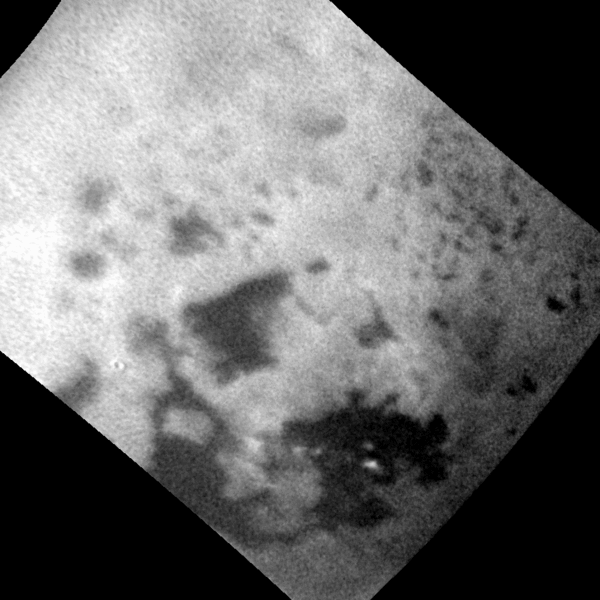All About Saturn’s Mysterious Moon - Titan, Vol. 1
Growing up, I consumed a lot of DC content, then, Superman was my favourite hero, as a child growing up in the Northern part of Nigeria, I remember how I and my friends would tie our mothers wrappers around our necks, in a bid to replicate Superman's cape - the days when life was so simple. As I approached pre-teens, I got hooked by Bruce Wayne, and ever since I have loved Gotham city’s finest hero. I later discovered DC arch rivals Marvel, and boy they’ve got a whole universe of superheroes, way bigger and cooler than DC. I had to remain loyal to my childhood heroes in the DC world and was forced to despise Marvel characters, but that didn’t stop me from watching the Avengers, although I never consume a single piece of their comic.
The latest instalment of the Avenger’s collection is both thrilling and mature, one that we saw our favourite heroes get their asses kicked, a few died in battle, and we saw the Avengers lose to my new favourite supervillain (after Heath Ledger) Thanos. If you are aware of the theme of my posts, you’ll understand that I share some of Thanos’s conviction of population control, but I am not a big fan of genocide. There’re always more humane ways of doing things, violence doesn’t always help, although it can be effective in some situations.
In the recent Avengers, I believe those of us that have seen the movie will agree that Thanos spoke a lot about his home planet Titan. How he tried to save the planet from an impending destruction, at the hands of its increasing population, but he was ignored by the leaders of the planet, this eventually led to the destruction of this home. Although everything from the movie is pure fiction, the only figment of reality from the movie is that Thanos’s home - Titan, is an actual natural satellite that orbits Saturn. The only difference between both worlds is that Thanos’s Titan is a planet, while Saturn’s Titan is a moon.
Today, we will be looking at Saturn’s largest moon, the only known moon that possesses an atmosphere, an atmosphere so dense that made early observations of this satellite very difficult. And apart from Earth, it is the only body in the universe that evidence suggests possesses a stable form of liquid at its surface. There are intriguing characteristics that this moon possesses, let's jump right into it, shall we.
Saturn’s most famous and largest moon has been known for centuries, its discovery is dated as far back as 1655, when Christiaan Huygens, a Dutch Astronomer made its discovery. In 2004, the arrival of NASA’s Cassini-Huygens probe reveals the true nature of this satellite, taking humanity behind its dense clouds for the first time ever. Interestingly, the dense clouds of Titan are one of the major attributing factors to the beauty of this moon. Known as the second biggest moon in our Solar system, second to Ganymede, which is one of the four Galilean moons of Jupiter.
Titan is the first moon of Saturn to be discovered, it is often called a planet-like moon, maybe because it is larger than the smallest planet Mercury, or maybe it has some striking similarities with our home planet - Earth. Known to be larger than Earth’s moon by 50%, and in terms of mass, it also beats our moon by 80%. Earth only has one moon and this is because of its size, as I explained here in space, the smaller objects orbits the larger ones and this is due of the gravity larger planets exerts. The Jovian planets (Jupiter, Neptune, Saturn and Uranus) together have an average number of 35 moons shared amongst themselves, because they are the way bigger than the Terrestrial planets (Mercury, Venus, Mars and Earth). On the other hand, the terrestrial planets have only one official moon, and that is Earth’s moon. Venus and Mercury have no moon, and Mars has 2 satellites, known as Deimos and Phobos, and they are not actual moons, they are referred to as large asteroids.
Saturn has the most moons in the Solar System with about 62 confirmed moons, although a number of the said moons are nothing but irregularly shaped objects, that are quite small in size that measures a few miles in diameter that might have been captured due to the strong gravitational force of Saturn. The surface of Titan is very dark, as it only receives 1% of the amount of Sun the Earth receives, and this is due to its distance away from the Sun. This distance away from the Sun also makes Titan a cold world, as surface temperatures averages around -180o, the surface pressure on Titan is 1.5 X higher than that of Earth at sea level.
Titan is made of rocky material and water ice, and due to its opaque and dense atmosphere, examination of the surface of this world was difficult, as telescopes couldn’t garner the needed information about Titan. The Cassini was the first mission to Titan that took man behind this dense clouds of Titan, and the Cassini-Huygens mission made some startling and fascinating discoveries about Titan. Discoveries such as the what the Titanic atmosphere is my made of, which is basically nitrogen and methane. This world also experience something similar to Earth’s water cycle, it is the only body in the Solar System that experiences any form of liquid cycle. Cassini Spacecraft also discovered that the Titanic surface also comprises of rivers and lakes that are primarily made of liquid methane and ethane, just as we have water running in our rivers and lakes here on Earth; we will discuss more on the nature of the Titan’s lakes and river in the next part of this post.
As I mentioned earlier, Titan has its own kind of methane and ethane cycles, whereby the score of these substances found in the lakes and rivers of Titan, evaporate and form thick clouds, and then it rains down back to Titan’s surface in similar fashion as rain falls on Earth; and the cycle starts all over again. This chemicals flow across the surface of Titan in a similar fashion that water flows across the surface of Earth, but in Titan, only a few percentages of the moon are made up of a liquid surface. December 2012 a startling discovery was made when a river that is quite similar to Earth’s river Nile surfaced on Cassini radar; this river consists of liquid ethane. This flowing liquid ethane body meanders into one of Titan’s large lakes, known as Ligeia Mare.
Although the past 12 years, with the help of Cassini, we’ve learnt a lot about Saturn’s largest moon, Titan, and as we asked questions, we were able to get answers, but the truth is, there is always a lot of questions to be asked that the answers have not been discovered. In the next post we will look at some other aspects of this moon, and also discuss the "magic island" that disappears and reappears, this subject has gotten scientist and astronomers scratching their heads for possible answers.
References
Earthly Universe - Facts about Titan
Facts Legend - Facts about Titan





Nice write up here @agona
I love the name
Mysterious MoonI am already seeing it as thatMany thanks buddy
I didn't know that, it makes Titan a worthy place to visit and explore in the future.
Our lakes on earth also increase and decrease in size depending on a lot of factors, but since you mentioned these lakes are made of liquid methane and ethane there must be some kind of cycle we don't yet understand that explains why something like that can happen.
Looking forward to your next article about this moon mate.
Cheers!
Hey buddy, thanks for the feedback.
Well, based on my findings, Titan has a similar cycle to Earth's water cycle, the only difference is the absence of water in the case of Titan. However, it's actually the "magic island" not "lake" a little mistake from my side.
And you're spot on this analysis.
Many thanks for pointing this out. You've added more value to this post by your valuable feedback.
This post has been voted on by the steemstem curation team and voting trail.
There is more to SteemSTEM than just writing posts, check here for some more tips on being a community member. You can also join our discord here to get to know the rest of the community!
Hi @agbona!
Your post was upvoted by utopian.io in cooperation with steemstem - supporting knowledge, innovation and technological advancement on the Steem Blockchain.
Contribute to Open Source with utopian.io
Learn how to contribute on our website and join the new open source economy.
Want to chat? Join the Utopian Community on Discord https://discord.gg/h52nFrV